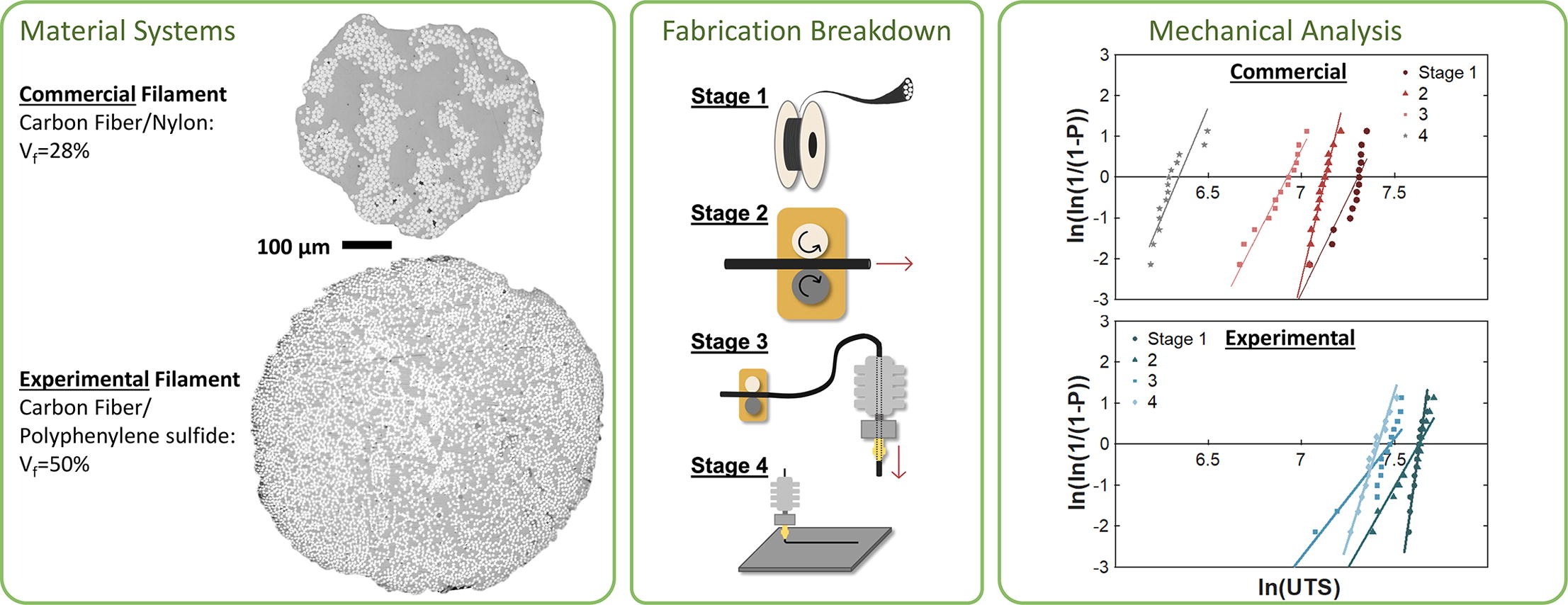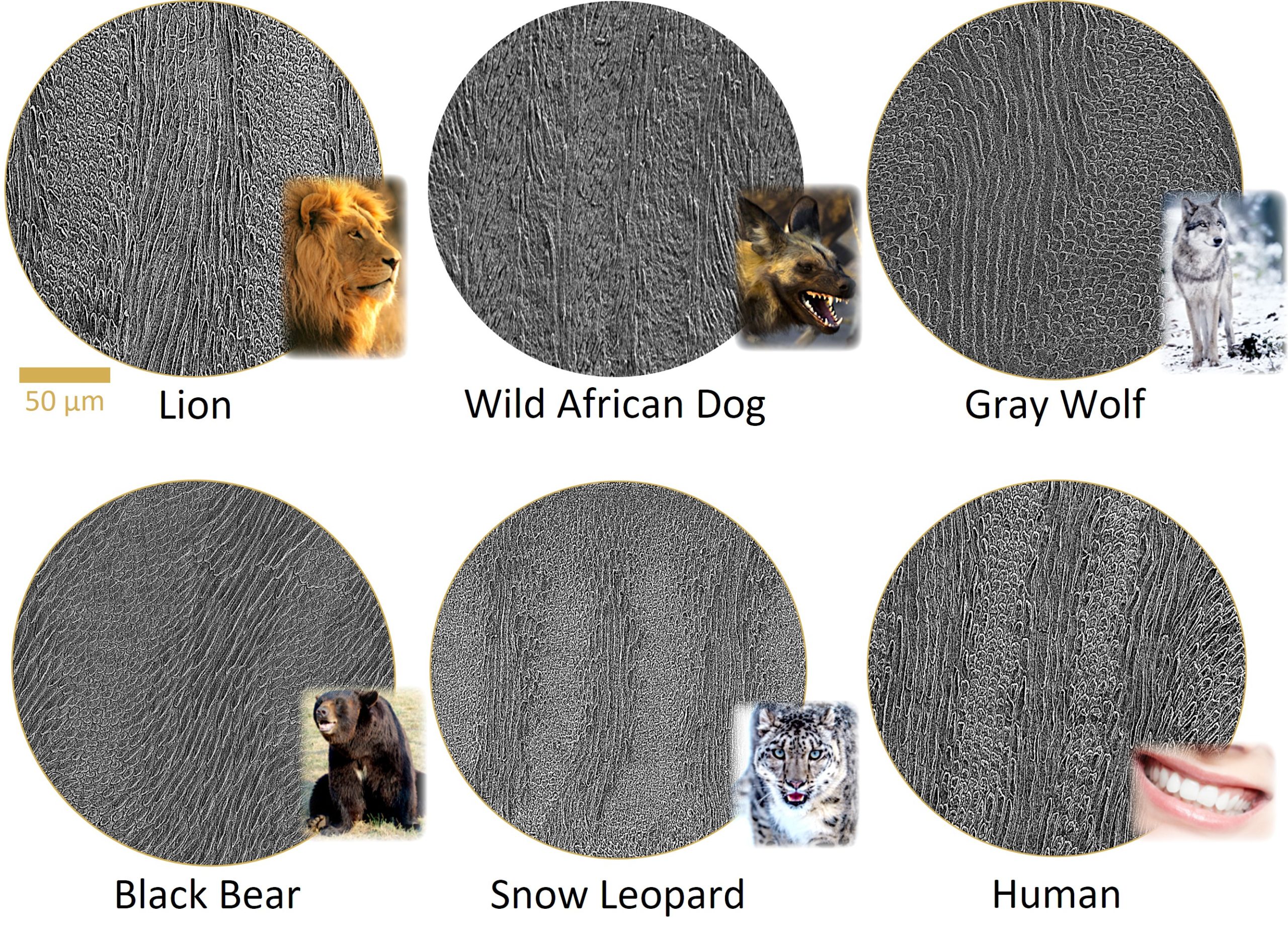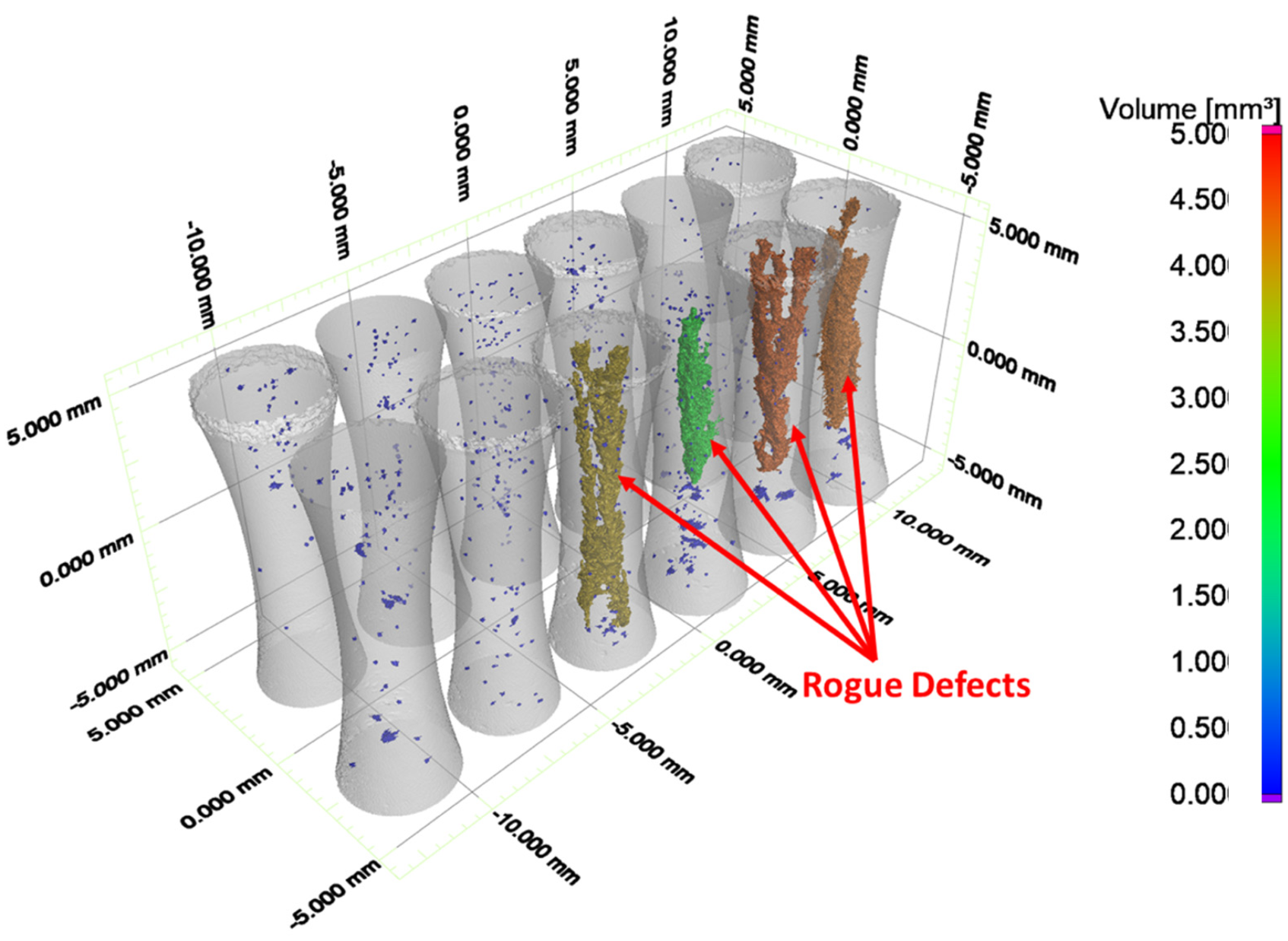Advancing Science at the Intersection of Additive Manufacturing and Bioinspiration
The Arola research group in the Materials Science and Engineering Department at the University of Washington in Seattle.
Research interests include Additive Manufacturing processes for polymers, metals and their composites, Aging-related degradation of Natural and Engineered materials, and Machine Learning for Bio-inspired Modeling
Selected Publications
Marquis C., Song R., Waddell S., Luong A., Arola D. Additive manufacturing with continuous ultra-high molecular weight polyethylene yarn.
Materials & Design 235 (2023).
https://doi.org/10.1016/j.matdes.2023.112411
Parker, M., Inthavong, A., Law, E., Waddell, S., Ezeokeke, N., Matsuzaki, R. & Arola, D. 3D printing of continuous carbon fiber reinforced polyphenylene sulfide: Exploring printability and importance of fiber volume fraction. Additive Manufacturing 54 (2022).
https://doi.org/10.1016/j.addma.2022.102763
Marsico C., Øilo M., Kutsch J., Kauf M., Arola D. Vat polymerization-printed partially stabilized zirconia: Mechanical properties, reliability and structural defects. Additive Manufacturing 36 (2020).
https://doi.org/10.1016/j.addma.2020.101450
Ghods, S., Schur, R., Schultz, E., Pahuja, R., Montelione, A., Wisdom, C., Arola, D., Ramalu, M. Powder reuse and its contribution to porosity in additive manufacturing of Ti6Al4V. Materialia 15 (2021).
https://doi.org/10.1016/j.mtla.2020.100992
Arola, D., Murcia, S., Stossel, M., Pahuja, R., Linley, T., Devaraj, A., Ramulu, M., Ossa, E.A., Wang, J. The limiting layer of fish scales: Structure and properties. Acta Biomaterialia 67 (2018).
https://doi.org/10.1016/j.actbio.2017.12.011
Characterizing the Microstructures of Mammalian Enamel by Synchrotron Phase Contrast microCT
Carli Marsico, Jack Grimm, Cameron Renteria, Donna Guillen, Katie Tang, Viktor Nikitin, Dwayne Arola
The fundamental units of enamel microstructure which give enamel its remarkable damage tolerance are discrete “rods” roughly 1/10th the size of a hair that extend through the full enamel thickness. However, most previous attempts to quantify the microstructure have been restricted to making inferences from two-dimensional sections of an inherently 3D structure. In this paper, we brought samples to the Advanced Photon Source at Argonne National Lab to perform synchrotron micro-computed tomography to image enamel in 3D. This allowed us to identify patterns and trends in the microstructure that are difficult to see in 2D imaging alone. These findings are essential for mimicking the hard-yet-tough performance of enamel in structural materials through 3D printing.

Additive manufacturing with continuous ultra-high molecular weight polyethylene yarn
Colin Marquis, Renjie Song, Sarah Waddell, Andy Luong, Dwayne Arola

This research explores using Fused Filament Fabrication (FFF) to create flexible structures with strong, flexible fibers. We developed filaments with ultra-high molecular weight polyethylene yarn (UHMWPE) in a polycaprolactone matrix (UPE/PCL) for 3D printing. The study considered factors like spooling speed, temperature, fiber distribution, and volume fraction. Before printing, the filament had a tensile strength of 590±40 MPa and fiber strength of 2.4 GPa. After printing, the tensile strength was 470±60 MPa with a fiber strength of 1.9 GPa. UPE/PCL sets a new benchmark for compliant composites in FFF, suitable for applications requiring strength and flexibility.
Strength and its variability in 3D printing of polymer composites with continuous fibers
M. Parker, N. Ezeokeke, R. Matsuzaki, D. Arola
Fused filament fabrication was performed on commercial and experimental filaments with continuous fibers. The strength of printed carbon fiber filament decreased from 10% to over 60%, with no correlation to fiber volume fraction. For the commercial filaments, those reinforced with Kevlar fibers underwent less degradation than with carbon fibers. Fibers near the filament surface incurred damage during printing that facilitates fiber fracture at extrusion. Damage to the filament and the reduction in reliability depends on material selection, process settings and hardware.

Mammalian enamel: A universal tissue and diverse source of inspiration
C. Renteria, J.M. Fernández-Arteaga, J. Grimm, E.A. Ossa, D. Arola
Dental enamel is remarkable for its ability to withstand damage over decades of constant and demanding work. For this reason, there is significant interest in using the microstructure of enamel as a bio-inspiration model for damage tolerant materials. While human teeth have been extensively studied, this paper shows that depending on whether one wants high wear resistance or high damage tolerance, looking at other mammals may provide more useful insight.

Importance of Build Design Parameters to the Fatigue Strength of Ti6Al4V in Electron Beam Melting Additive Manufacturing
Sean Gods, Reid Schur, Alex Montelione, Rick Schleusener, Dwayne D. Arola, Mamidala Ramulu
The fatigue properties of metals resulting from Powder Bed Fusion (PBF) is critically important for safety-critical applications. Here, the fatigue life of Grade 5 Ti6Al4V from Electron Beam PBF was investigated with respect to several build and component design parameters using a design of experiments (DOE). Part size (i.e., diameter), part proximity, and part location within the build envelope were considered. Overall, metal in the as-built condition (i.e., no post-process machining) exhibited a significantly lower fatigue life than the machined surface condition. In both conditions, the fatigue life decreased significantly with the decreasing part diameter and increasing radial distance; height was not a significant effect in the machined condition. Whereas the surface topography served as the origin of failure for the as-built condition, the internal lack of fusion (LOF) defects, exposed surface LOF defects, and rogue defects served as the origins for the machined condition. Porosity parameters including size, location, and morphology were determined by X-ray micro-computed tomography (XCT) and introduced within regression models for fatigue life prediction. The greatest resistance to fatigue failure is obtained when parts are placed near the center of the build plane to minimize the detrimental porosity. Machining can improve the fatigue life, but only if performed to a depth that minimizes the underlying porosity.


